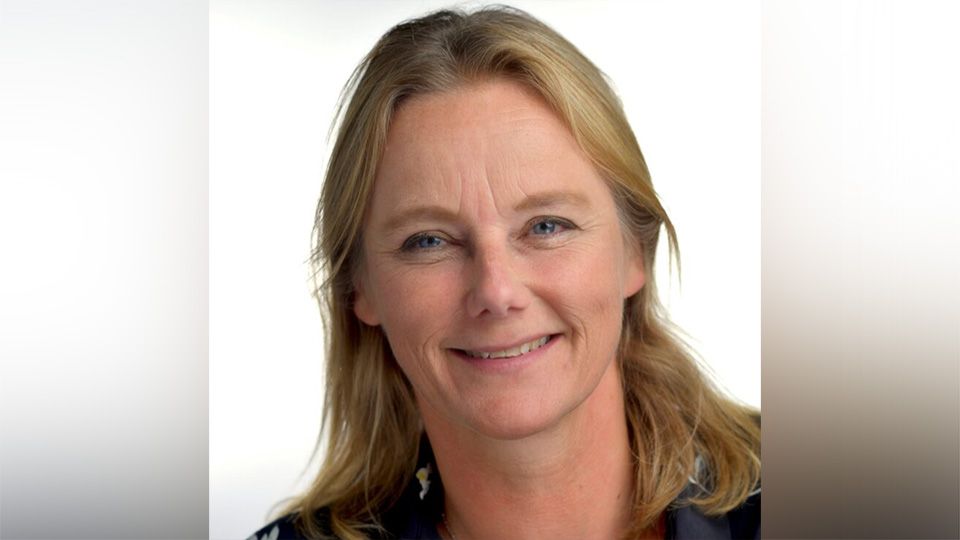Despite almost 30 years working at ING, Jacomijn Vels felt overwhelmed when she stepped into the role of global head of sustainable finance just nine months ago.
She’d been looking for a role that would combine her personal interests in sustainability (she stopped eating meat 20 years ago; uses circular, waste-free Dutch grocery delivery company Pieter Pot; and grows her own vegetables), and her work at the bank soafter losing out on another job to the head of sustainability at ING, secured this position last year.
“It’s pretty special that you start a new job and think, oh my, I have so much to learn,” Vels says. “When I started I was quite overwhelmed.”
Much of that learning has been getting to grips with the “alphabet soup” of ESG, Vels says, as well as developing regulations and frameworks.
“I’m proud of ING really trying to be a front runner, and I think we have been for quite a while so I’m proud to try and keep that momentum going,” she adds.
ING can certainly add some firsts to its name. Last year, it became the first global bank to announce it would stop financing new oil and gas extraction, and this year expanded this to include the financing of projects that could facilitate oil and gas expansion.
Its 2018 net-zero portfolio targets aimed to align nine sectors in its loan book with a 2 degree pathway by 2050, but its 2022 climate report has strengthened this, with a 1.5 degree trajectory and interim 2030 targets, which five of the nine are on track to meet.
This is facilitated and tracked by the bank’s Terra approach, its in-house methodology for decarbonising its loan book. Vels says her team is now also working on a tool with its data analytics specialists that will create an alignment score for each Terra sector.
“We’re testing it, we’ve had workshops, we had sprints, so now we’re in the phase where we’re about to be rolling that out to the wholesale banking community, and we’re trying to do that in an efficient way by the end of the year,” she says.
Part of the reason for setting the 2030 interim targets is to align with the Net Zero Banking Alliance (NZBA) requirements, of which ING was an early signatory.
“It’s very important that the Net Zero Banking Alliance also adhere to the 2030 intermediate goals, and we’re a supportive member of NZBA,” Vels says.
“These are a large group of institutions trying to work together, and there are challenges with that. You tend to have to listen to the lowest denominator and then everybody will have a different view on a certain topic. The larger the group, the tougher it is to be ambitious, and large groups move slow, that is the unfair, unfortunate reality.”
See also: – Defections and accountability: What are the problems with net-zero alliances?
The best thing, Vels says, is to be transparent – as an individual firm, a group and an alliance. “You have to show your own actions and you have to take your own personal accountability of how you’re contributing,” she says.
“You have to show progress and you don’t have to be perfect because nobody is perfect. The world is not perfect. We, as individuals, are not perfect, but you have to show the progress and you have to show the progress that you promise to make.”








